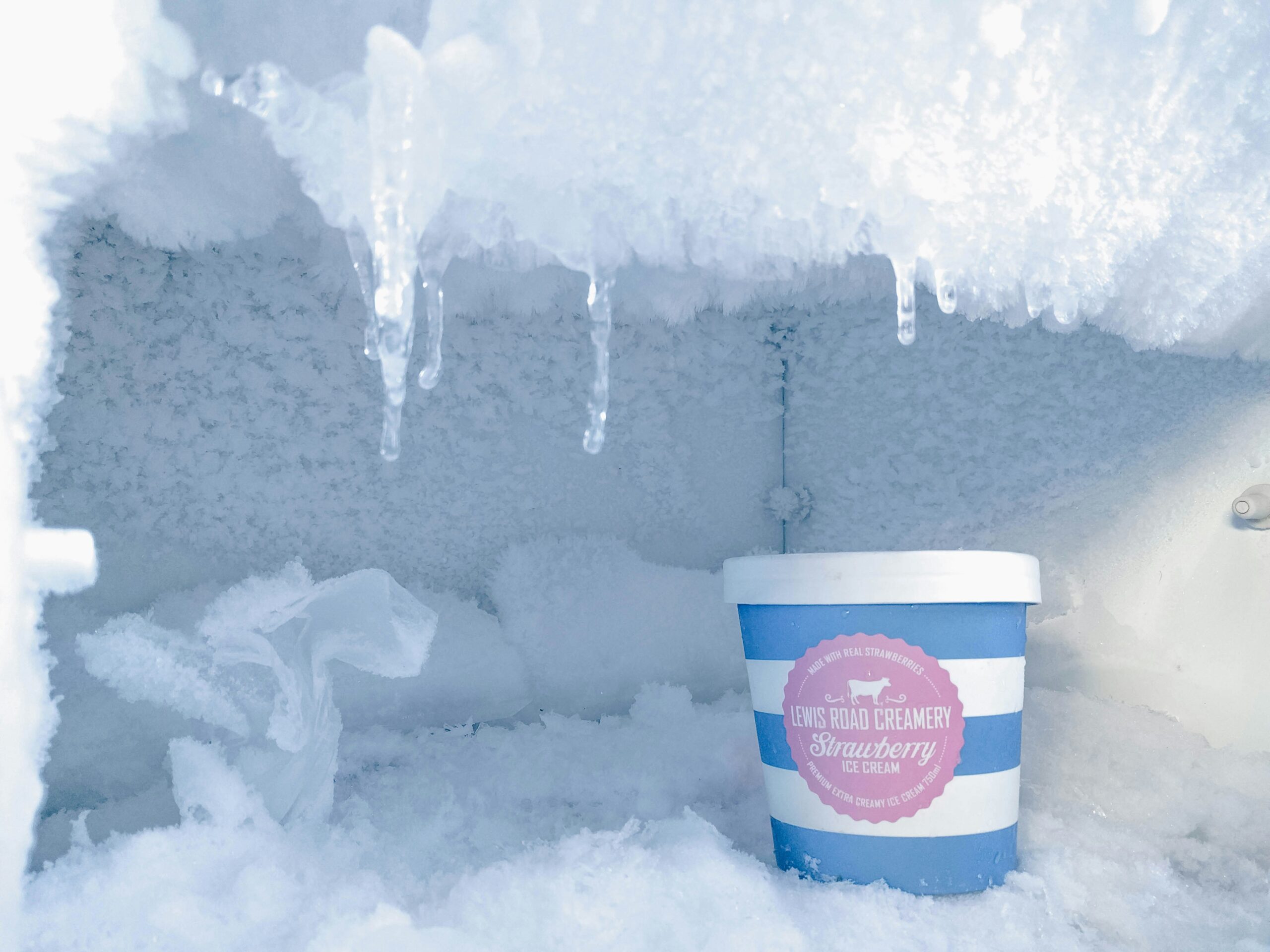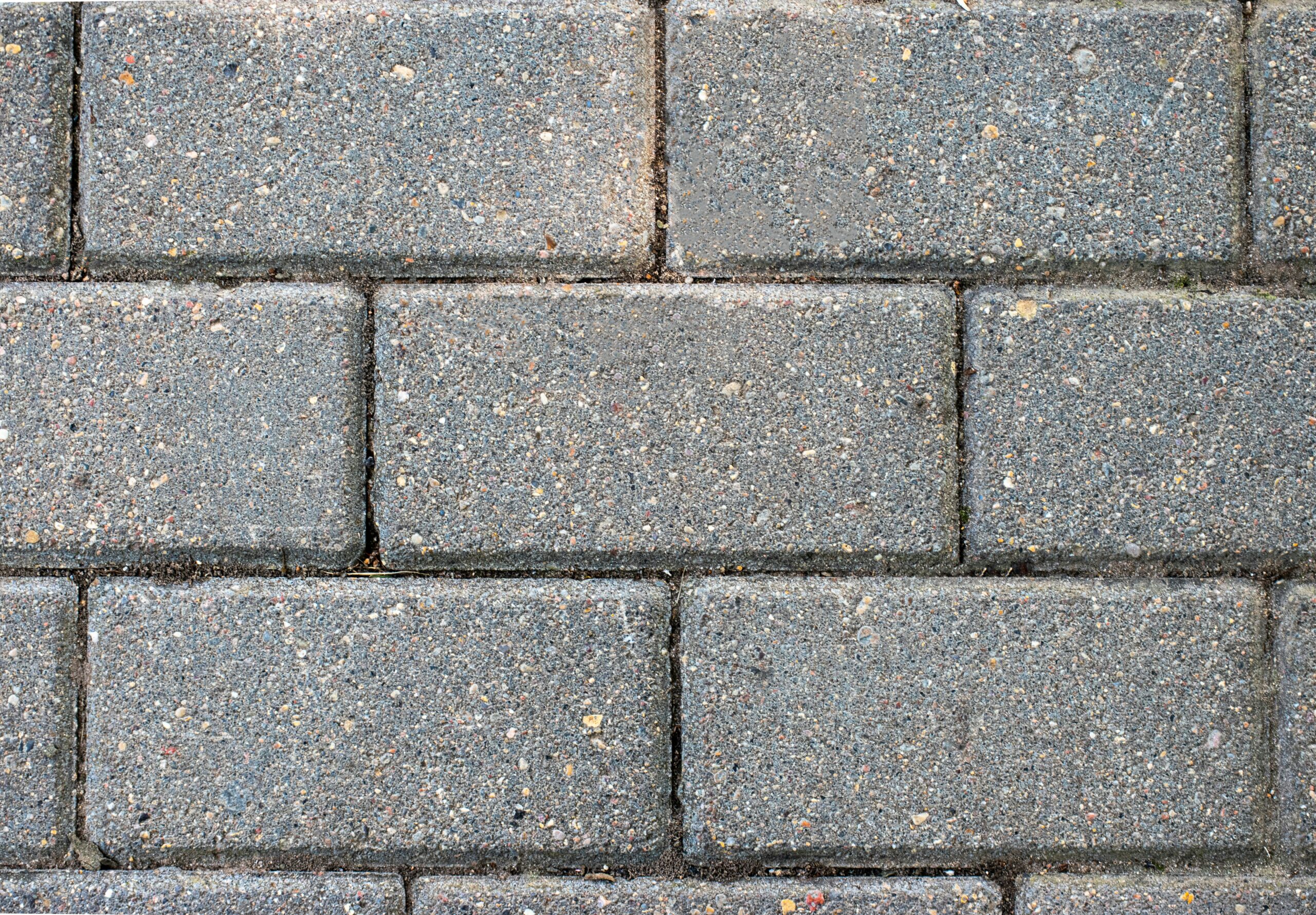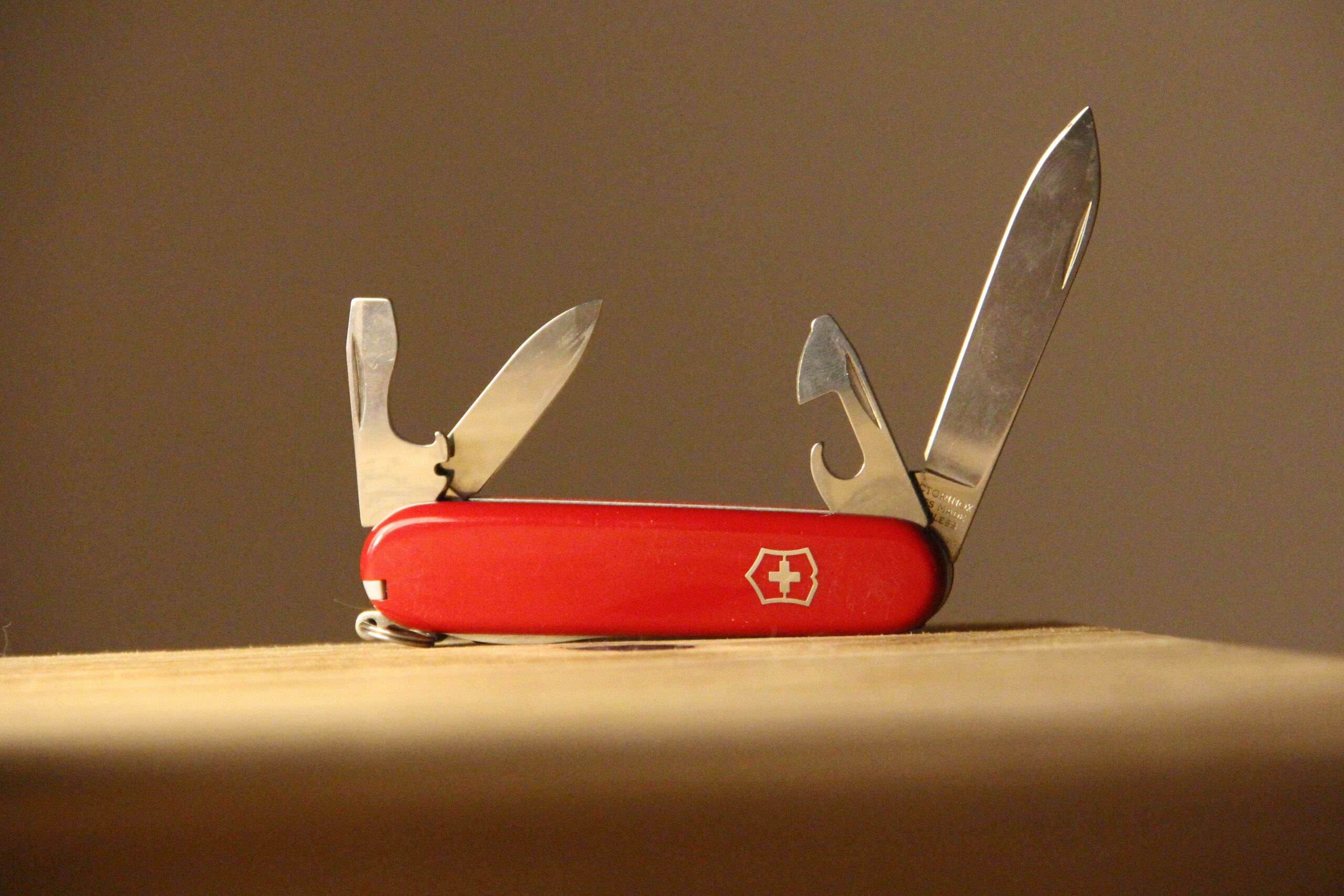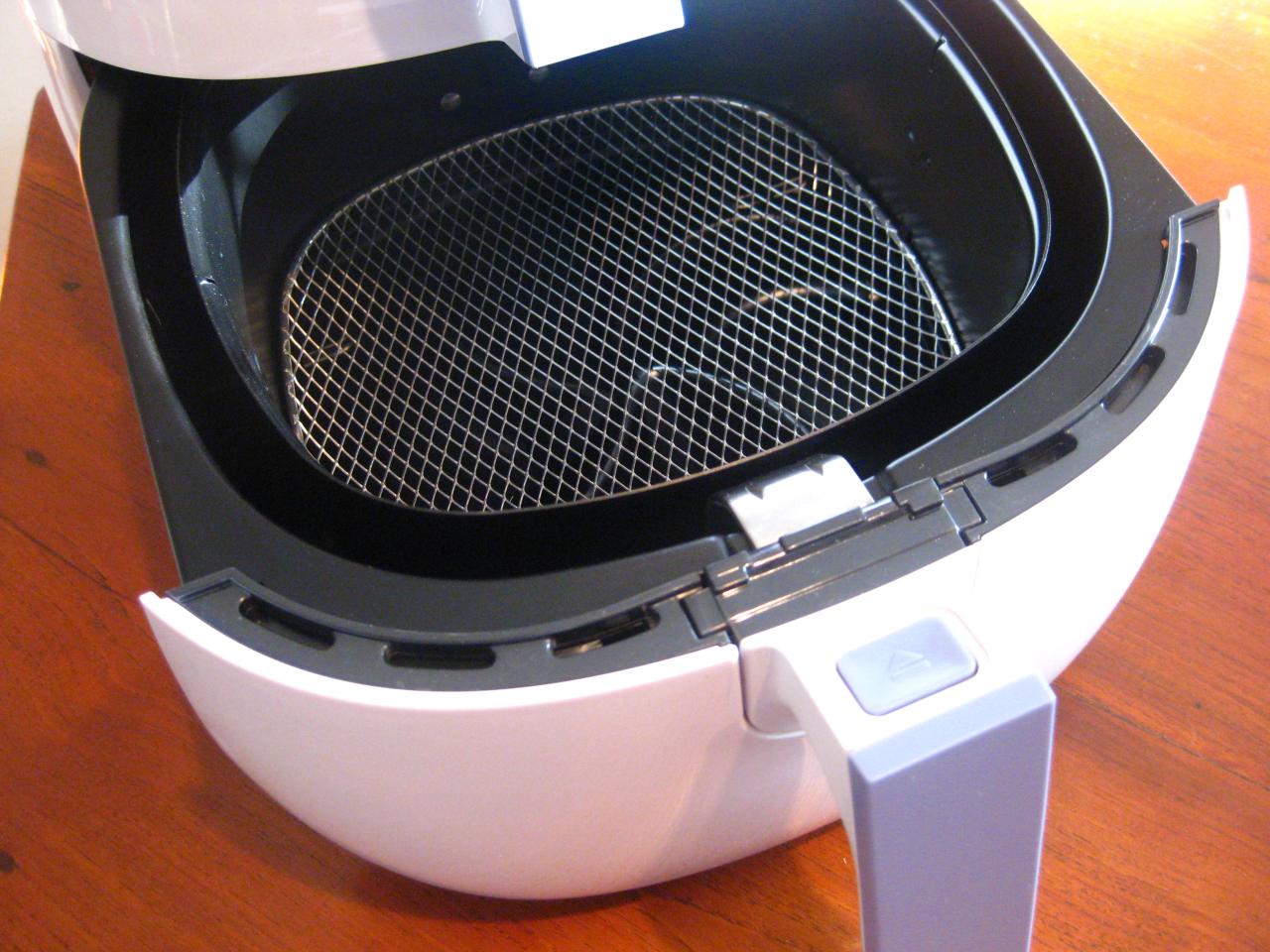A clean freezer is essential for maintaining food safety, maximizing efficiency, and ensuring the longevity of the appliance. Over time, freezers can accumulate frost, food debris, and unpleasant odors, all of which can affect their performance and the quality of the food stored within. Regular maintenance and cleaning can prevent these issues, helping your freezer function at its best. This comprehensive guide will take you through a step-by-step process to clean your freezer, addressing everything from preparation to deep cleaning techniques, and tips for keeping your freezer in top condition.
Table of Contents
ToggleUnderstanding the Importance of Cleaning Your Freezer
Maintaining a clean freezer is crucial for several reasons. Firstly, a clean freezer helps in maintaining food safety by preventing the growth of bacteria and mold. When food items spill or leak, they can create a breeding ground for harmful microorganisms. Regular cleaning eliminates these potential hazards, ensuring that your food remains safe to consume.
Additionally, accumulated frost and debris can cause your freezer to work harder than necessary, leading to increased energy consumption. By keeping your freezer clean and free of frost buildup, you can improve its efficiency and reduce energy costs.
Regular maintenance and cleaning can extend the lifespan of your freezer. Removing frost and dirt prevents wear and tear on the components, ensuring that your appliance functions properly for years to come.
Finally, food spills and leaks can cause unpleasant odors to develop in your freezer. Cleaning the freezer regularly helps to eliminate these odors, keeping your appliance smelling fresh.
Preparation for Cleaning
Before you begin cleaning, gather all the necessary supplies. This will ensure that the cleaning process goes smoothly without interruptions. Here’s a list of items you might need:
- Cleaning gloves
- Soft cloths or sponges
- Mild detergent or dish soap
- Baking soda
- White vinegar
- A bucket of warm water
- Towels
- Plastic scraper (for removing frost)
- Trash bags
- Ice packs or coolers (to store food temporarily)
- Optional: A small brush or toothbrush for cleaning small crevices
Remove all the items from your freezer. Place perishable items in ice packs or coolers to keep them cold during the cleaning process. This is also a good opportunity to check for expired or freezer-burned items and discard them.
For safety reasons, it’s important to turn off and unplug your freezer before cleaning it. This prevents any risk of electrical shock and makes the cleaning process easier.
Defrosting the Freezer
There are several methods to defrost your freezer, depending on how quickly you want the process to go.
Natural Defrosting: Allow the frost to melt naturally by keeping the freezer door open. This method can take several hours, so it’s best suited for times when you can leave the freezer open for an extended period.
Using Bowls of Hot Water: Place bowls of hot water inside the freezer to speed up the defrosting process. The steam from the hot water helps to melt the frost more quickly. Be sure to replace the water as it cools down.
Using a Hairdryer: If you need to defrost your freezer quickly, you can use a hairdryer. Be cautious when using this method, as you must avoid getting water near the hairdryer to prevent electrical hazards.
Once the frost has started to melt, use a plastic scraper to gently remove any remaining ice. Be careful not to use sharp objects, as they can damage the interior of the freezer.
As the frost melts, it will turn into water, which needs to be cleaned up promptly. Use towels to soak up the water and wring them out as necessary. It’s important to keep the area around the freezer dry to prevent any water damage to your floor.
Cleaning the Interior
Remove any shelves, drawers, or bins from the freezer and wash them in warm, soapy water. Rinse thoroughly and let them dry completely before placing them back in the freezer.
Mix a solution of warm water and a few drops of mild detergent or dish soap. Use a soft cloth or sponge to wipe down the interior walls and surfaces of the freezer. Pay special attention to areas with spills or stains. For tough spots, you can make a paste with baking soda and water and apply it to the stains before scrubbing gently.
If your freezer has any lingering odors, you can use a mixture of baking soda and water to neutralize them. Another effective method is to wipe down the interior with a solution of equal parts water and white vinegar. Vinegar is a natural deodorizer and disinfectant.
Use a small brush or toothbrush to clean small crevices and corners where dirt and debris can accumulate. This ensures that every part of the freezer is thoroughly cleaned.
Cleaning the Exterior
Clean the exterior of the freezer with a damp cloth and a mild detergent. Be sure to clean the door seal and the area around the door, as these areas can collect dirt and grime.
The coils and vents at the back or bottom of the freezer can accumulate dust and affect the appliance’s efficiency. Use a vacuum cleaner with a brush attachment to remove dust from these areas. Keeping the coils clean helps the freezer run more efficiently.
Reassembling and Organizing the Freezer
Once all the interior parts are dry, reassemble the shelves, drawers, and bins in the freezer. Make sure everything is securely in place.
When returning food items to the freezer, take the opportunity to organize them. Group similar items together and place frequently used items in easily accessible spots. Label and date items to keep track of their freshness.
Maintenance Tips
To keep your freezer in top condition, establish a regular cleaning schedule. Aim to clean the interior of the freezer at least once every three months and the exterior as needed.
Periodically check for expired or freezer-burned food items and discard them. This helps to keep your freezer organized and prevents unpleasant odors.
To minimize frost buildup, avoid leaving the freezer door open for extended periods. Ensure that the door seal is intact and working properly. If you notice any issues with the seal, replace it promptly.
Keep an open box of baking soda in the freezer to absorb odors. Replace the baking soda every three months to maintain its effectiveness.
Troubleshooting Common Freezer Issues
If your freezer isn’t cooling properly, check the temperature setting and make sure it’s set to the recommended level. Ensure that the coils and vents are clean and free of dust. If the problem persists, consult the manufacturer’s manual or contact a professional for assistance.
If you notice excessive frost buildup, check the door seal to ensure it’s not damaged or dirty. A faulty seal can allow warm air to enter the freezer, causing frost to accumulate. Replace the seal if necessary.
Unusual noises from your freezer can indicate a problem with the compressor or other components. If you hear strange noises, consult the manufacturer’s manual or contact a professional for a diagnosis and repair.
Frequently Asked Questions About How To Clean Your Freezer
How often should I clean my freezer?
It is recommended to clean your freezer at least once every three months. Regular cleaning helps maintain efficiency, food safety, and reduces odors.
What should I do if I find mold in my freezer?
If you find mold in your freezer, remove all food items, unplug the freezer, and clean the affected areas with a solution of water and baking soda or vinegar. Make sure to wear gloves and ensure the area is well-ventilated.
Can I use bleach to clean my freezer?
It is generally not recommended to use bleach to clean your freezer as it can leave a strong odor and potentially contaminate food. Use mild detergent, baking soda, or vinegar instead.
How can I prevent frost buildup in my freezer?
To prevent frost buildup, avoid leaving the freezer door open for extended periods, ensure the door seal is intact, and do not overfill the freezer which can block proper air circulation.
What is the best way to remove bad odors from my freezer?
To remove bad odors, clean the freezer with a solution of water and baking soda or vinegar. You can also leave an open box of baking soda in the freezer to absorb odors.
Is it safe to use a hairdryer to defrost my freezer?
Yes, you can use a hairdryer to defrost your freezer, but be careful to avoid getting water near the hairdryer to prevent electrical hazards. Keep a safe distance and use it in short bursts.
How can I clean small crevices in my freezer?
Use a small brush or toothbrush to clean small crevices and corners in your freezer. This helps to ensure every part of the freezer is thoroughly cleaned.
Why is my freezer not cooling properly?
If your freezer is not cooling properly, check the temperature setting, ensure the coils and vents are clean, and make sure the door seal is intact. If the problem persists, consult a professional.
How do I clean the coils and vents of my freezer?
To clean the coils and vents, unplug the freezer and use a vacuum cleaner with a brush attachment to remove dust and debris from these areas. Regular cleaning helps the freezer run more efficiently.
Can I use commercial freezer cleaners?
While commercial freezer cleaners are available, it is usually sufficient to use mild detergent, baking soda, or vinegar. Always check the manufacturer’s recommendations before using any commercial products.
How do I store food temporarily during freezer cleaning?
Use ice packs or coolers to store perishable food items temporarily while cleaning your freezer. This helps to keep the food cold and prevents spoilage.
What can I do about a sticky freezer door seal?
Clean the door seal with warm soapy water and ensure it is dry before closing the freezer. A clean and dry seal ensures a proper fit and prevents sticky residue.
How do I know if my freezer door seal needs replacing?
If the door seal is cracked, torn, or not sealing properly, it may need replacing. A faulty seal can cause frost buildup and inefficiency. Replace it promptly to maintain proper function.
How can I organize my freezer for better efficiency?
Group similar items together, place frequently used items in easily accessible spots, and label and date items to keep track of their freshness. This helps to keep your freezer organized and efficient.
What should I do with expired or freezer-burned food?
Discard expired or freezer-burned food items to keep your freezer organized and prevent unpleasant odors. Regularly checking and removing these items helps maintain cleanliness.
Can I clean my freezer without unplugging it?
It is safer to clean your freezer after unplugging it to prevent electrical hazards. However, for minor spills or wipe-downs, you can clean without unplugging but be cautious around electrical components.
How do I clean freezer shelves and drawers?
Remove shelves and drawers from the freezer and wash them in warm, soapy water. Rinse thoroughly and let them dry completely before placing them back in the freezer.
What is the best way to clean freezer stains?
Use a solution of warm water and mild detergent to clean freezer stains. For tough spots, apply a paste of baking soda and water, let it sit, and then scrub gently.
Why does my freezer develop bad odors?
Bad odors in the freezer can develop from spills, leaks, or expired food. Regular cleaning and checking for expired items can prevent and eliminate these odors.
How do I prevent my freezer from smelling?
To prevent odors, keep an open box of baking soda in the freezer to absorb smells. Regularly clean the freezer and check for spills or leaks to maintain freshness.
What is the recommended temperature setting for a freezer?
The recommended temperature setting for a freezer is 0 degrees Fahrenheit (-18 degrees Celsius). This ensures that food remains frozen and safe for consumption.
Can I use vinegar to clean my freezer?
Yes, vinegar is an effective natural cleaner and deodorizer. Mix equal parts water and vinegar to wipe down the interior of the freezer and eliminate odors.
How do I handle a freezer that has stopped working?
If your freezer has stopped working, check the power supply and ensure it is properly plugged in. If the problem persists, consult a professional technician for diagnosis and repair.
What is the best way to clean freezer vents?
Use a vacuum cleaner with a brush attachment to remove dust and debris from freezer vents. This helps maintain proper airflow and efficiency.
How often should I replace the baking soda in my freezer?
Replace the baking soda in your freezer every three months to ensure it remains effective in absorbing odors.
Can I use a steam cleaner for my freezer?
Using a steam cleaner is not recommended for freezers as it can introduce moisture and potentially damage electrical components. Stick to mild detergent, baking soda, or vinegar for cleaning.
How do I clean sticky spills in the freezer?
For sticky spills, use warm soapy water and a cloth or sponge to clean the affected area. Allow the water to sit for a few minutes to soften the spill before wiping it away.
What should I do if my freezer door won’t close properly?
Check for obstructions and ensure the door seal is clean and intact. If the door still won’t close properly, the seal may need to be replaced to ensure a proper fit.
How do I clean the exterior of my freezer?
Use a damp cloth and mild detergent to clean the exterior of your freezer. Pay attention to the door seal and the area around the door where dirt and grime can accumulate.
What should I do with old or damaged freezer parts?
Discard old or damaged freezer parts, such as shelves or bins, and replace them with new ones. This ensures that your freezer remains functional and organized.
How can I prevent ice buildup in my freezer?
Prevent ice buildup by ensuring the door seal is intact, not overfilling the freezer, and avoiding leaving the door open for extended periods. Regular defrosting also helps prevent buildup.
What can I do if my freezer smells like chemicals?
If your freezer smells like chemicals, clean it thoroughly with a solution of water and baking soda or vinegar. Ensure proper ventilation and check for any chemical spills or leaks.
How do I clean the freezer handle?
Clean the freezer handle with warm soapy water and a cloth. Regularly wiping down the handle helps prevent the buildup of dirt and grime.
How do I remove food particles from freezer crevices?
Use a small brush or toothbrush to remove food particles from freezer crevices. This helps ensure that every part of the freezer is thoroughly cleaned.
How can I improve my freezer’s energy efficiency?
Improve your freezer’s energy efficiency by keeping it clean, ensuring the door seal is intact, and maintaining the recommended temperature setting. Regularly defrosting also helps efficiency.
How do I clean a stainless steel freezer exterior?
Use a stainless steel cleaner or a mixture of water and vinegar to clean a stainless steel freezer exterior. Wipe in the direction of the grain to avoid streaks and maintain shine.
Can I store food in the freezer door?
While you can store food in the freezer door, it is best to keep frequently used items and those that are less temperature-sensitive there. Store more temperature-sensitive items in the main compartment.
How do I remove stubborn stains from the freezer interior?
Apply a paste of baking soda and water to stubborn stains in the freezer interior, let it sit for a few minutes, and then scrub gently. Rinse thoroughly with warm water.
How do I keep my freezer organized?
Keep your freezer organized by grouping similar items together, using clear storage bins, and labeling and dating items. This helps maintain order and ensures you can easily find what you need.
Conclusion
Cleaning your freezer is a crucial task that should be performed regularly to ensure food safety, efficiency, and longevity of the appliance. By following the steps outlined in this guide, you can keep your freezer in optimal condition and avoid common issues such as frost buildup, odors, and inefficient cooling.
Regular maintenance not only helps in preserving the quality of your food but also contributes to energy savings and the extended lifespan of your freezer. With a clean and well-organized freezer, you can enjoy the benefits of a reliable and efficient appliance for years to come.



